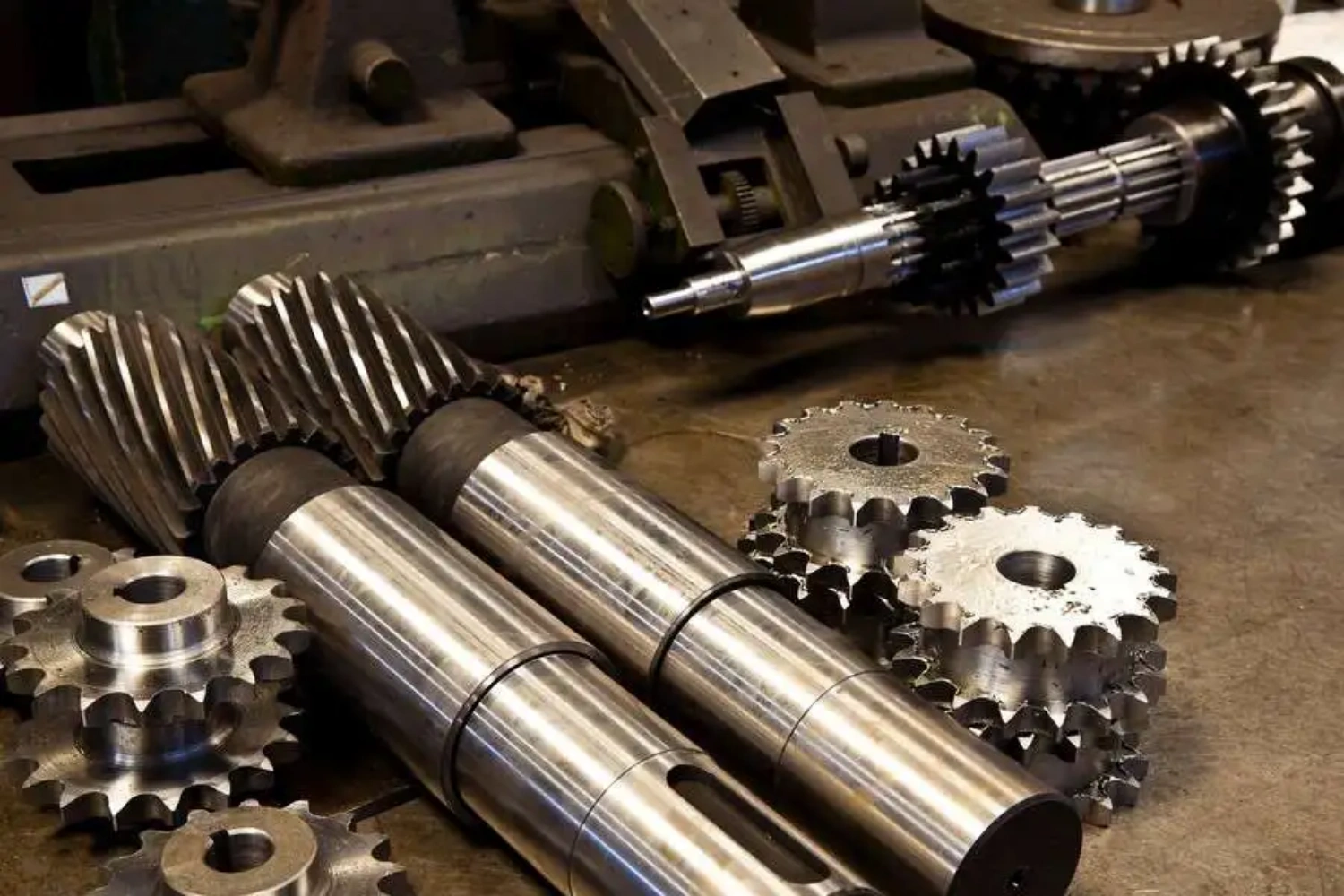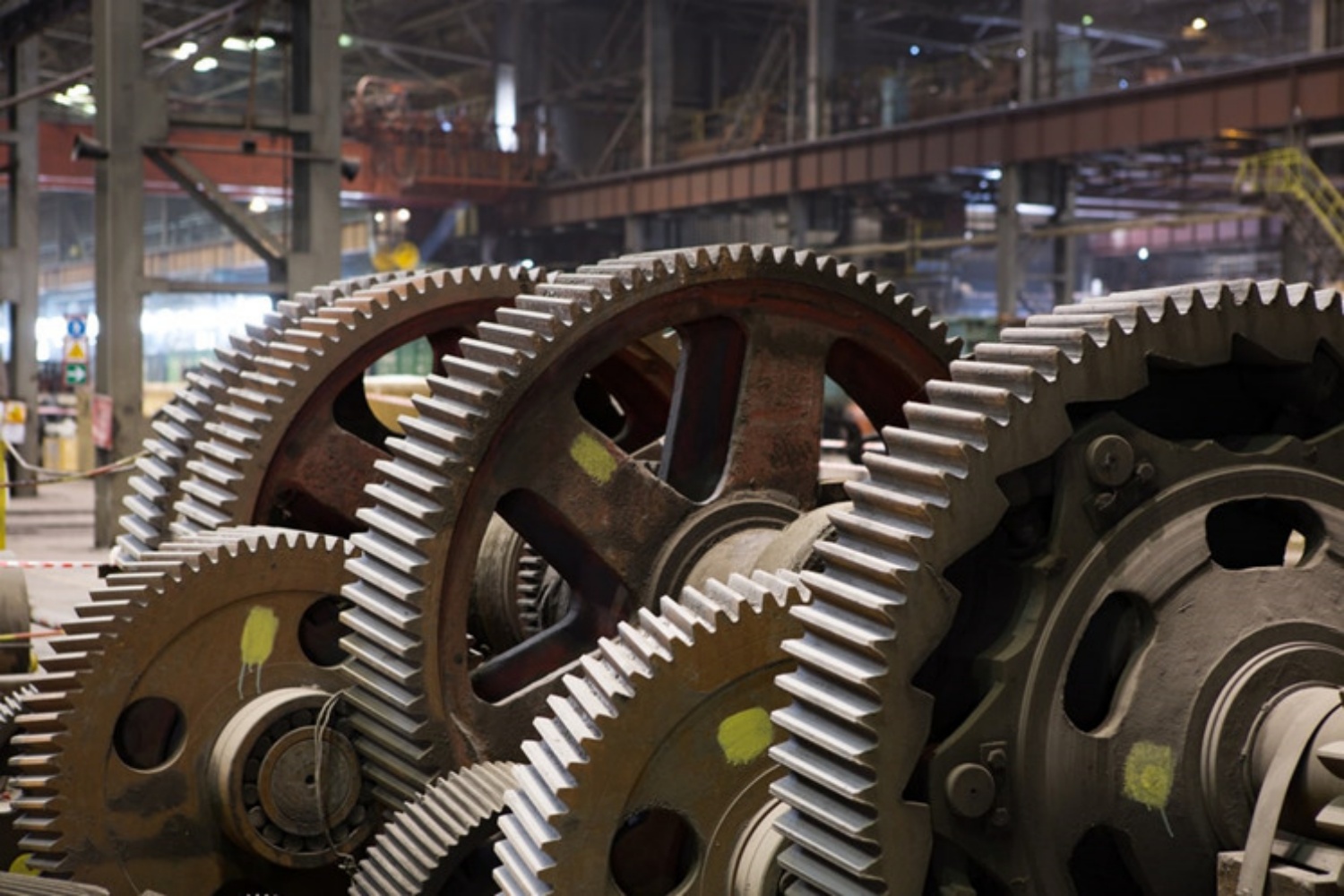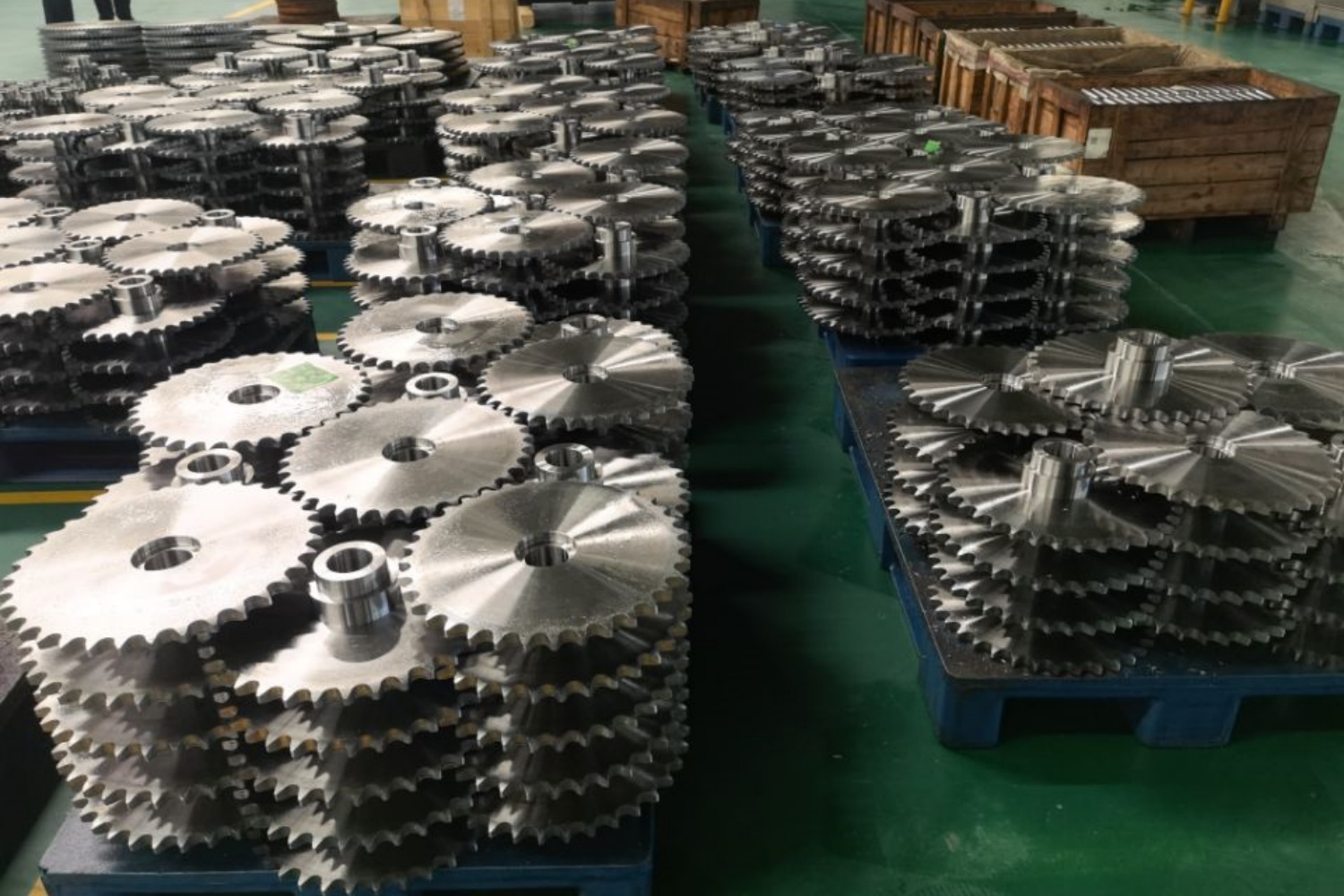There are different kinds of chains and sprockets.
Chains are divided into transmission chains, conveyor chains, stainless steel chains, lifting chains, agricultural machinery chains, etc.
While sprockets are mainly driving sprockets and driven sprockets, Driving sprocket: The driving sprocket is installed on the output shaft of the engine in the form of splines;
Driven sprocket: The driven sprocket is installed on the driving wheel of the motorcycle, and the power is transmitted to the
driving wheel through the chain.
The driving sprocket is generally smaller than the driven sprocket, so it can reduce the speed and increase the torque.
Performance characteristics of the transmission sprocket
1.Material selection: both the large sprockets and the small sprockets are made of high-quality carbon structural steel for stamping and forming.
2.Machining and processing technology: using advanced milling processing technology to make the more accurate tooth profile. The overall quenching and tempering heat treatment have been applied to the sprockets, which greatly improves its comprehensive mechanical properties. The tooth profile hardness is above 68-72HRA, which significantly improves the wear resistance of the sprocket. The surface has been sprayed and electroplated.
3.Product series: economical and practical ordinary sprocket and superior quality sprocket with excellent performance.
Disassemble and assemble of the sprockets
1.Driving sprocket
The driving sprocket is combined with the engine output shaft in the form of a spline, and is fixed by a spline baffle or a nut. When disassembling, remove the sprocket cover, the chain and unscrew the spline baffle or fixing nut, then the small sprocket can be pulled out. When assembling, proceed in the reverse order as mentioned above.
2.Driven sprocket
Lift up the main support frame and tilt the rear wheel.
Loosen the rear wheel shaft fastening nut and adjuster nut, and remove the chain box and chain.
3.Disassemble the rear brake lever and pull out the rear wheel assembly together.
4.Remove the bolts, nuts or retaining rings which fix the sprocket, and remove the rear hub or pin bolts of the sprocket.
5.When installing, proceed in the reverse order as mentioned above. And tighten the sprocket fixing nut or bolt (30-50N.M) and the rear axle nut (50-80N.M) according to the specified torque.
Installation requirements and precautions of transmission sprockets
Installation requirements
1.Correctly select the transmission sprocket model according to the model specifications.
2.Check whether the position where the transmission sprocket is installed (transmission output countershaft, wheel hub, etc.) is in good condition, otherwise the relevant parts must be overhauled or replaced.
3.Correctly install the driving and driven sprockets in place, and tighten the fasteners to meet the specified torque requirements.
4.After installing the transmission chain and adjusting the tightness, check whether the chain and the sprocket fit smoothly and in coplanar, as well as there is no interference with the chain cover.
Precautions:
1.There should be the anti-loosening measures for the driven sprockets.
2.After the driven sprocket is loaded into the vehicle, the rear wheel axle should be adjusted using the adjuster and the rear cradle (also called the rear wheel fork) markings, so as to prevent the rear wheel from deviating, and to avoid the early wear of the sprocket and chain.
3.It is best to replace the sprocket and the chain at the same time. If only one of them is replaced, the wear on both sides will be aggravated.
4.It is normal that the driving sprocket wears faster than the driven sprocket under the same conditions, because the former one has a high speed and a small number of teeth.
5.The transmission chain and transmission sprocket should be cleaned and lubricated regularly to improve the service life.
CONTINUE READING
Related Posts
In the rapidly growing food processing industry, the need for high-quality, precision equipment is more important than ever. As companies […]
In the realm of industrial machinery, gears play a pivotal role in the seamless operation of various systems. However, these […]
In the intricate dance of machinery, industrial sprockets play a pivotal role, transferring motion, torque, and power with precision. However, […]




